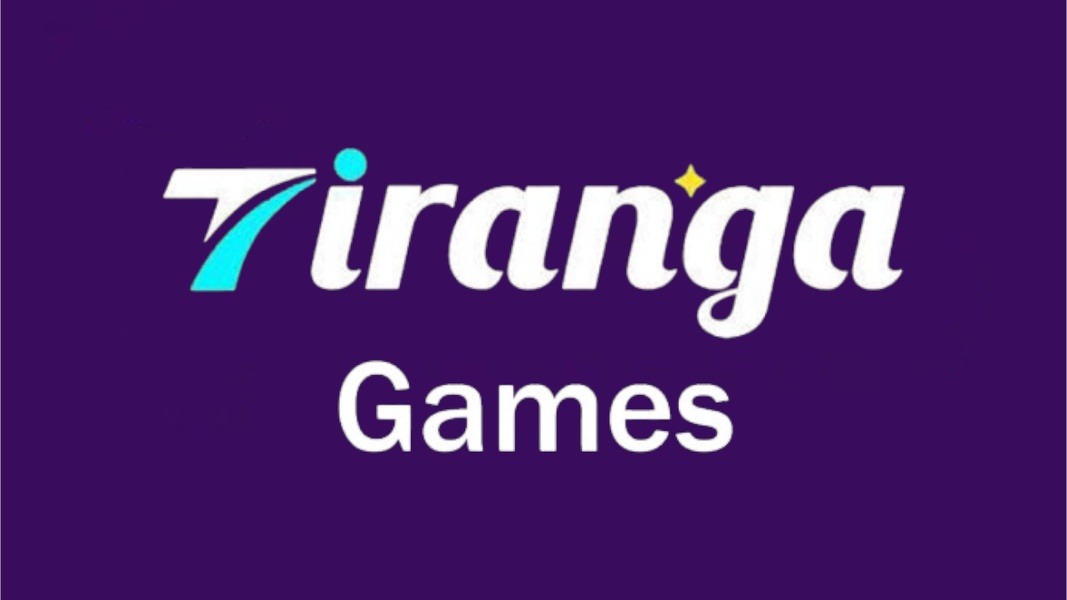India is a nation known for its diversity, unity, and rich cultural heritage. Among its most cherished symbols is the Tiranga, the national flag of India, which represents the ideals of freedom, peace, and progress. Over time, this tricolor flag has inspired a variety of creative expressions, one of which is the Tiranga Game. This concept is rapidly growing in popularity, particularly during national celebrations such as Independence Day and Republic Day. The Tiranga Game is not just a recreational activity—it is a powerful way to teach values, promote unity, and inspire love for the country.
Table of Contents
ToggleWhat is the Tiranga Game?
The Tiranga Game refers to any game, activity, or contest that centers around the Indian national flag or the themes of patriotism and national pride. It can take many forms—ranging from school competitions and cultural programs to mobile games, digital challenges, and social media campaigns. These games are often organized in schools, residential colonies, community centers, and even online platforms during important national events.
While there is no single format for a tiranga game, all variations share one common goal: to connect people with India’s national identity in a fun, engaging, and respectful way.
Symbolism Behind the Tiranga
To understand the importance of the Tiranga Game, it’s crucial to appreciate the meaning of the Indian flag:
-
Saffron (top band) symbolizes courage and sacrifice.
-
White (middle band) stands for peace and truth.
-
Green (bottom band) represents prosperity and growth.
-
Ashoka Chakra (the blue wheel) in the center signifies law, dharma (righteousness), and the eternal cycle of life.
When games are based on these elements, they become more than entertainment—they become tools for spreading awareness and reinforcing the values enshrined in the Indian Constitution.
Types of Tiranga Games
The Tiranga Game comes in many formats. Some of the most popular include:
1. School-Based Activities
Educational institutions across India organize a variety of Tiranga-themed games and contests such as:
-
Drawing and painting competitions focused on the national flag.
-
Flag relay races where students run with or hoist the Tiranga.
-
Patriotic quizzes testing knowledge of India’s freedom movement, constitution, and national heroes.
-
Singing and poetry recitation based on patriotic themes.
These activities help students connect emotionally with national values and learn history in a more interactive way.
2. Digital and Mobile Games
In today’s digital era, game developers are creating mobile apps and web-based Tiranga games that are both fun and educational. Examples include:
-
Flag-hoisting simulators that teach the proper protocol for handling the national flag.
-
Freedom fighter games where users complete missions as iconic Indian heroes.
-
Patriotic trivia games based on facts about India’s culture, geography, and history.
-
Virtual Republic Day celebrations in the form of interactive games.
Such digital Tiranga Games are especially popular among children and teenagers and often become viral around national holidays.
3. Social Media Challenges
With the growing influence of platforms like Instagram, Facebook, and YouTube, many Tiranga Games have taken the form of online challenges. These include:
-
Posting selfies or group photos with the Tiranga.
-
Creating and sharing short videos or reels featuring patriotic music.
-
Participating in digital art or slogan contests using the national flag as a theme.
Government-led campaigns like #HarGharTiranga have shown how effective these online Tiranga challenges can be in building nationwide engagement.
Why the Tiranga Game Matters
The popularity of the Tiranga Game is not just a trend—it serves a deeper purpose in society.
1. Promotes Patriotism Among the Youth
Games are one of the best ways to engage young minds. When children and teenagers take part in Tiranga-themed activities, they develop a stronger connection with their country. This love and respect for the nation often stay with them into adulthood.
2. Encourages Unity in Diversity
India is home to people from many cultures, religions, and languages. The Tiranga is a symbol that unites all Indians. Through these games, people from different backgrounds come together to celebrate their shared national identity.
3. Makes Learning Fun and Memorable
Traditional classroom lessons may not always spark excitement, but games can turn boring facts into interactive and memorable experiences. A child who plays a quiz game on Indian history is likely to retain more than one who simply reads a textbook.
4. Empowers Digital Patriotism
In a world dominated by screens and technology, the Tiranga Game helps ensure that patriotism isn’t lost in the digital age. Instead, it becomes a part of modern life through apps, videos, and social media engagement.
Respect and Responsibility
While the Tiranga Game promotes pride and engagement, it also comes with a responsibility. The Indian flag is a sacred national symbol, and its use is governed by the Flag Code of India. Organizers and participants must ensure that the flag is treated with respect, and games should always reflect the dignity and honor of the nation.
Conclusion
The Tiranga Game is a modern, innovative way to celebrate India’s national spirit. It brings together people of all ages and backgrounds in a shared celebration of the values that define the country—freedom, peace, progress, and unity. Whether played on a school field, a smartphone screen, or across social media, the Tiranga Game reminds us of our roots, our responsibilities, and our pride in being Indian.
As India continues to grow and evolve, the Tiranga Game ensures that its citizens, especially the younger generations, remain connected to the ideals that the national flag represents. It is a game with a purpose—one that entertains, educates, and inspires.










